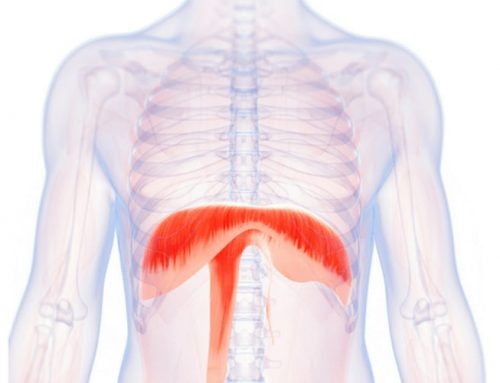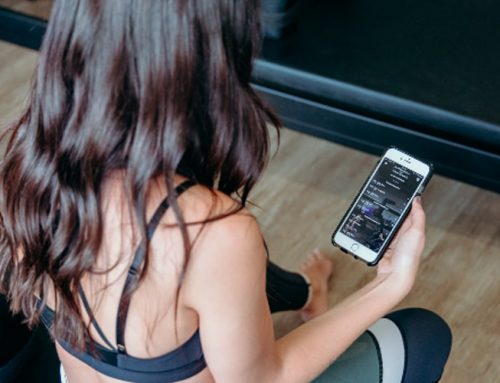ADORE YOUR CORE
Core strength is one of (if not the most) important components of physical strength and fitness. A strong and healthy core will do wonders for your feeling of wellbeing at any age or stage of life. Often people think that a rock hard six pack is the only way to know you have a strong core, think again!
The appearance of a Six Pack is mostly a reflection of your body fat percentage and genetic makeup and is definitely not the sole indicator of an individual’s core strength. Now don’t get me wrong, often the “amazing” pictures we see of fitness models with gorgeously toned abs are a reflection of endless amounts of hard work in the gym and discipline when it comes to their food BUT just because you may not have any intention of baring your midriff to the world doesn’t mean that you should completely disregard your core altogether!
While a rock hard set of abs can be a great motivation it certainly isn’t the single most important function of your core! Core strength contributes largely to your balance and stability, will help to improve all aspects of your physical fitness and ability, promotes spinal health and plays a huge part in preventing injuries and allowing people to maintain their health and fitness. When it comes to looking after our bodies for years to come it’s hard to escape the reality that the core is the best place to start.
CORE MUSCLES

When referring to “The Core” of the body most people mistakenly believe that what is being referred to is the Rectus Abdominis – the muscle that takes on the appearance of the 6 Pack. The truth is that “The Core” is actually represented by a much larger group of muscles including (but not limited to) the rectus abdominis, the internal and external obliques and, most importantly, the transversus abdominis.
While the Rectus Abdominis (6 Pack Muscle) and Internal and External Obliques (V Muscles) are quite well known because of the way they physically look, the Transversus Abdominis (Transverse) is the largest component and the most vital in ensuring that you reap the rewards of a strong and effective core. The Transverse is the muscle that is responsible for shooting Pilates to popularity amongst A-List celebrities and models around the world for its ability to whittle and tone the waistline yet the general population still has no idea what it is and how it works!
CUT TO THE CORE.

So the big question then is how do you train your Transverse Abdominals for the ultimate in core functionality, support, strength and aesthetic?
First and foremost, you need to find the TA. The easiest way to do this is to lie on your back with your feet hip distance apart and knees bent through to the ceiling. From here, find your hip bones and place two fingers at this point, then move those two fingers 2cm in towards your belly button and 2 cm down. From here apply some downward pressure and cough or laugh to feel the muscles bounce back against your fingers – this is the beginning of pelvic floor activation and helps to facilitate the activation through your transverse abdominals.
Secondly, you need to work on engaging the TA. You do this by imagining you’re ceasing the flow of urine midstream and drawing the pelvic floor muscles upwards as if it is an elevator moving through the body from the line of the hips. This is a very slow and gradual process and may require some practice to sustain the connection to the TA.
From here ensure that the connection stays strong by imagining that you are pulling a belt low around your hips and fastening and then imagining the belt buckle is heavy and being drawn slightly down towards the groin? to maintain the connection to the core.
A couple of care points to remember when doing this is to:
- Keep the glutes (butt muscles) relaxed
- Avoid tucking the pelvis towards the ceiling (posterior tilt)
- Avoid hunching or tightening through the upper body or popping the rib cage
- And avoid clenching on with the Rectus Abdominus or Internal and External Obliques
So now that you know how to engage your TA, it’s important to practice it in order to ensure that you are achieving optimal spinal health by using your core to support and facilitate all movements. There are a number of ways you can practice and no one will have any idea that you’re even doing it. From sitting at a red traffic light and giving it a bit of time or while brushing your teeth before you go to bed at night, it’s easy to make TA recruitment and activation an everyday part of your life.
The importance of a strong and functional core in all facets cannot be underestimated, whether it be lifting weights in the gym or simply picking up something heavy (or not so heavy) from a low cupboard at home. The ability to recruit and use the TA may be the difference that makes the difference when it comes to ensuring your body stays functionally fit.






Leave A Comment